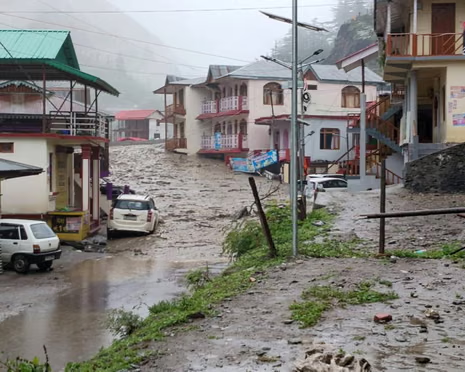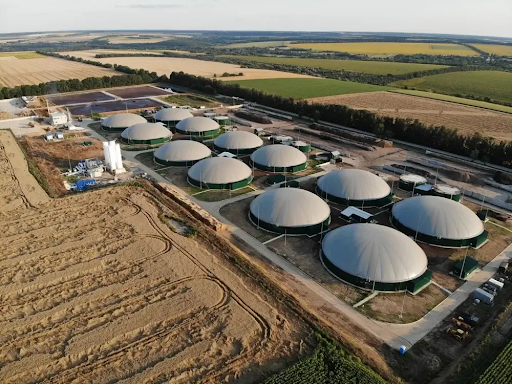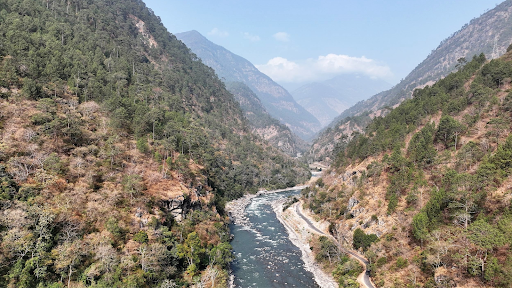




Disclaimer: Copyright infringement not intended.
The ethnic Reang community has demanded that Tripura declare a holiday on Hojagiri Day, which celebrates the traditional Hojagiri dance.
|
Tribe Name |
Reang (locally called “Bru”). |
|
Location |
Primarily in Tripura; also found in Mizoram and Assam. |
|
PVTG Status |
Only Particularly Vulnerable Tribal Group (PVTG) in Tripura. |
|
Origin |
Migrated from Shan State (Myanmar) to Chittagong Hill Tracts and then to Southern Tripura. |
|
Ethnic Stock |
Indo-Mongoloid racial stock. |
|
Language |
"Kaubru" (dialect of Kok-Borok with tonal effects of Kuki language); belongs to Tibeto-Burmese linguistic family. |
|
Clans |
Two major clans: Meska and Molsoi. |
|
Social Structure |
Well-knit ethnic group with a rigid, self-governing system. |
|
Economic Activities |
Primarily agricultural; transitioned from traditional Jhum cultivation to modern agricultural practices. |
|
Religious Beliefs |
Majority follow Hinduism. |
|
Cultural Heritage |
Renowned for the Hojagiri folk dance, which has achieved global acclaim. Performers: Young women and girls from the Reang community. Team size: 4–6 members. Props: Balance objects on their head and hands, such as a bottle or pitcher on the head and lamps on the hands. Movement: Only move the lower half of their body, creating a wave with their waist down to their feet. Music: Use musical instruments like the Khamb, bamboo flute, and bamboo cymbal. Attire: Reang women wear black Pachra and Rea, a coins ring that covers their upper region, and coin rings in their ears. Accessories: Decorate metal things with fragrant flowers. |
Source:
|
PRACTICE QUESTION Q.Consider the following statements about the Reang tribe:
Which of the above statements are correct? (a) 1, 2, and 4 only (b) 1, 3, and 4 only (c) 2, 3, and 4 only (d) 1 and 4 only Answer: a Explanation Statement 1 is correct: The Reang tribe, also known as Brus, is predominantly found in the northeastern states of India, especially in Tripura, Assam, and Mizoram. Statement 2 is correct: The Reang tribe is known as the Brus and is recognized as a Particularly Vulnerable Tribal Group (PVTG) in the state of Tripura under the Ministry of Tribal Affairs. Statement 3 is incorrect: The Reang tribe follows a patrilineal system of inheritance, not matrilineal, where property and family names are passed through the male lineage. Statement 4 is correct: The Reang people are largely agricultural, cultivating crops such as rice, and they are also skilled in weaving, particularly known for their traditional handwoven textiles. |










© 2025 iasgyan. All right reserved